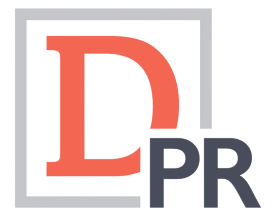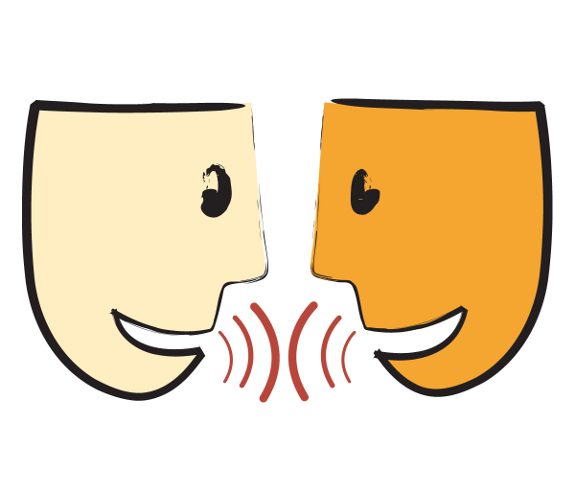Back in my corporate media relations days, I truly enjoyed working with colleagues who eagerly sent me story ideas to earn positive news coverage for their internal clients. Sometimes folks marched in with bona fide, slam dunk headline makers. Sometimes, bless their souls, they dropped off some real stinkers. And yet we loved the ideas, just the same. Because at a minimum, ideas were conversation starters. Conversations often led to more ideas. Sooner or later, something would stick.
But every so often the pipeline of ideas would run dry. Years ago my partner and I tried to think of ways to create a steadier, more predictable flow of story ideas into our media relations office. We agreed on one thing: Sending out yet another meeting invitation to “pitch your story ideas to Ryan and Jen” was not going to get it done. Nobody had the bandwidth or the desire because these meetings usually played out like tension-filled congressional hearings.
As the meeting drew closer, people began to feel the pressure to feed the insatiable media relations monster—or else. The pressure to share great ideas often smothered conversation altogether. It could also have the opposite effect, forcing people to cough up something—anything—in order to “check the box” and fulfill their participation requirement. Sometimes managers attended, carefully monitoring the engagement level of their nervous direct reports.
The meetings were colossal failures, of course. Too long. Too much pressure. Too many ill-conceived ideas borne out of the burden of mandatory participation.
We needed something different. So we created “Fast Chat.”
It was a 15-minute meeting in our office. Chairs were optional. Attendance was encouraged, but not required. Can’t make it? Phone it in. Even if you are just down the hall.
“What if I don’t have an idea for you?” people would ask. No problem. Come anyway. Listen in. Maybe somebody hears something that rings a bell and triggers a conversation. And as we know, conversations trigger ideas. Creating a safer, judgement free environment encouraged creative thinking. Fast Chat usually started with a recap of recent coverage or story pitches in process. Then we went around the room to see who had ideas and who came to listen. The internal communications team began to pilfer ideas as well.
My partner and I heavily promoted Fast Chat across the department. If nothing else, it was a good reason for people to get out of their chairs and stretch their legs. Any positive coverage from Fast Chat brought high praise to the individual who fed us the idea.
Fast Chat didn’t always generate fantastic story ideas. But it got ideas flowing again. In 15 minutes or less.

